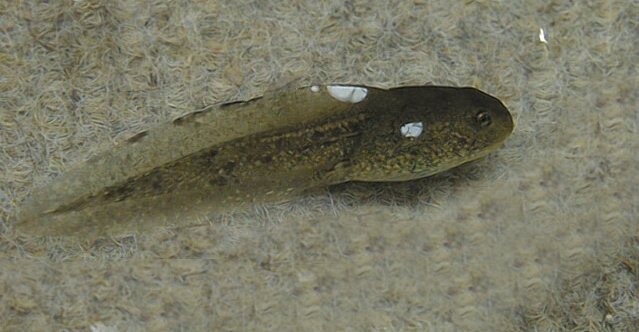
ABOVE: clogged up artery vs. normal artery
Definitions:
HDL- good cholesterol
LDL- bad cholesterol
CETP- cholesteryl ester transfer protein, helps increase amount of good cholesterol
Summary:
Could we finally have a way to reduce high cholesterol? Well, scientists are working on a solution called anacetrapib that promises many positive effects. It works by increasing the number of HDL and eliminating some LDL by speeding up the reaction of CETP. When the drug was tested, patients experienced a 138% increase in HDL and decrease in LDL. Merck, a drug company, is investing $150 million in this project and if all goes well, anacetrapib is projected to yield one billion dollars in revenue. However, they must do two things. One, this drug must prove to not only reduce cholesterol levels, but reduce risk for cardiovascular problems. Two, no negative side effects may come out of this. Before it can be sold on the market, Merck must prove that anacetrapib is completely safe. A similar product called Pfizer lowered cholesterol levels as well, but it was shown that death risk is raised when Pfizer is used. More studies will be conducted to ensure nothing of this sort will happen.
Discussion:
I think it would be great if scientists discovered how to lower cholesterol levels. Many people suffer from high cholesterol( to be exact, 1 out of three people in the US). High cholesterol can interfere with everyday life and even lead to fatal outcomes. However, I do believe it to be a little skeptical that there will be no side effects whatsoever. Raising your good cholesterol and lowering the bad, basically altering with the regular bodily functions is bound to not be that great for you. Hopefully, they will find a way around this; after all, they are scientists.
Questions:
What types of studies will be performed to learn more about this topic?
How much will this product be sold for if put on the market?
Sources:
Singer, Natasha. "Merck Drug to Raise Good Cholesterol and Lower Bad Shows
Promise." New York TImes. N.p., 17 Nov. 2010. Web. 16 Nov. 2010.
<http://www.nytimes.com/2010/11/18/health/research/18merck.html>.
Merck. "In Phase III Study Merck's Investigational CETP Inhibitor Anacetrapib
Met Safety and Efficacy Endpoints in Patients with CHD." Merck. Merck, 17
Nov. 2010. Web. 16 Nov. 2010. <http://www.merck.com/newsroom/
news-release-archive/research-and-development/
2010_1117.html?WT.svl=content&WT.pi=content+Views>.

